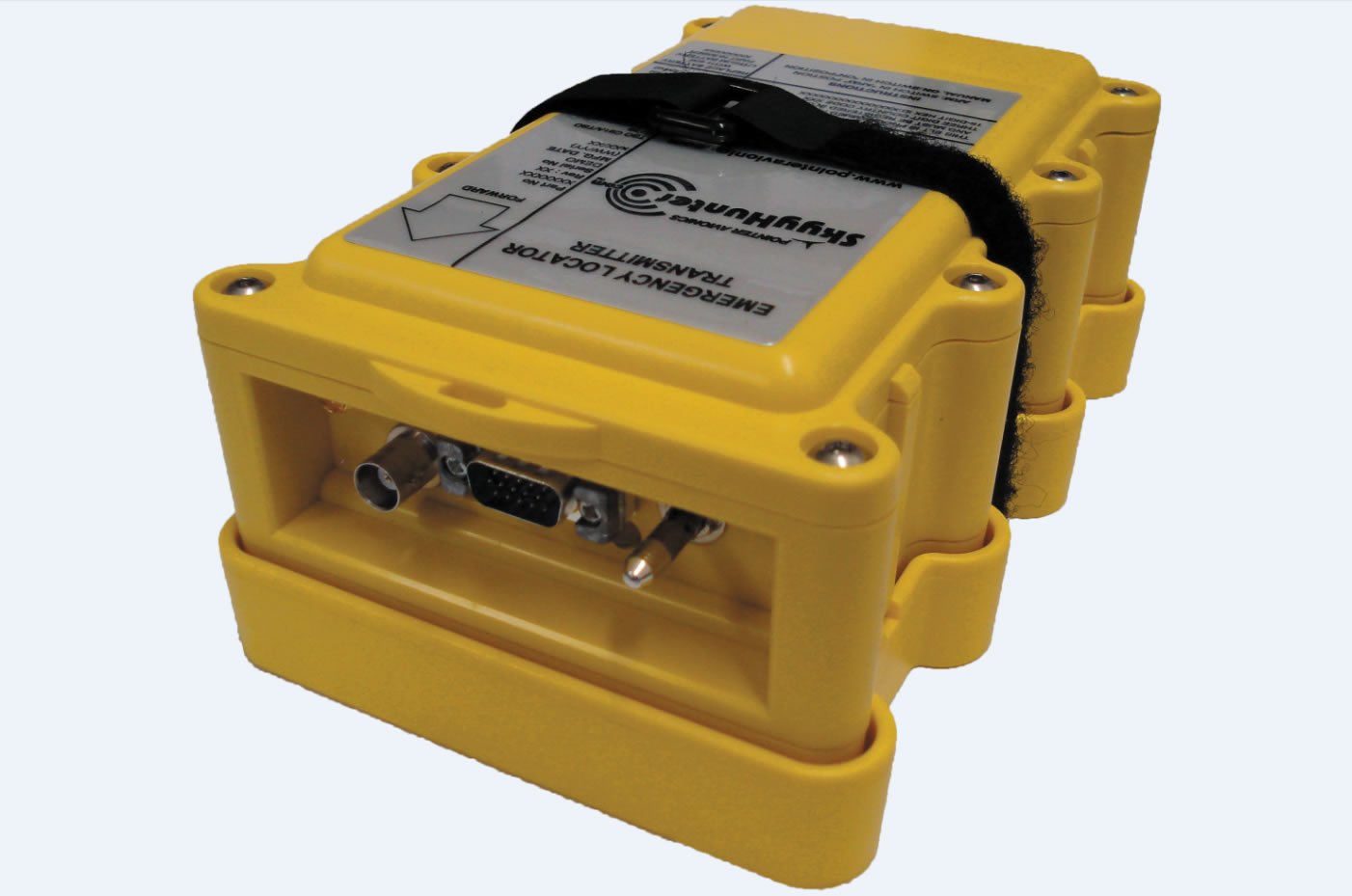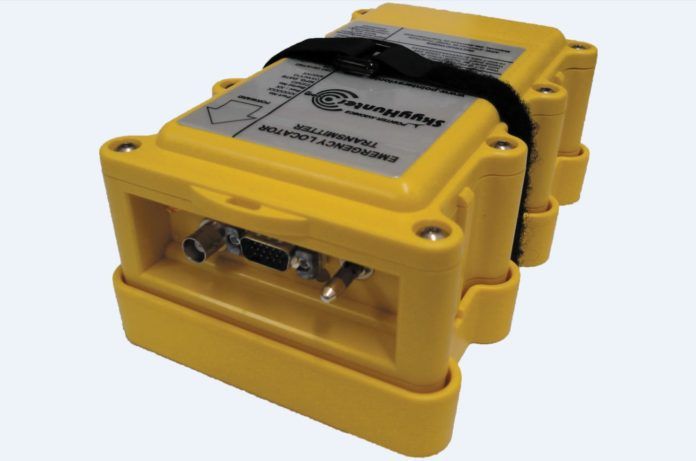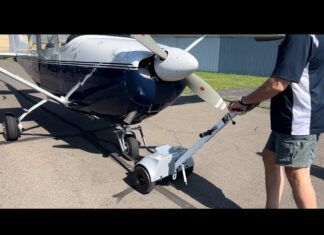
If the Internet killed the MTV video star, then it’s also pulling the plug on new ELT installations. With family and friends glued to flight tracking websites like flightaware.com, plus their smartphones for satellite-delivered texts, emails and tracking maps, it’s no wonder old-school ELT sales are tanking. We actually saw a slowing of ELT installations several years ago when Transport Canada backed off on its initial threat of mandating 406 MHz beacons for flights in Canadian airspace (a threat that sparked a rumor of similar regulations in the works for the U.S.) Coincidentally, that was roughly the time that satellite messengers hit the market and also when NOAA’s SARSAT (Search and Rescue Satellite Aided Tracking) stopped listening for 121.5 MHz ELT pings. But based on our discussions with several busy avionics shops, sales and installations of modern 406 MHz ELT systems aren’t dead—yet—even as flyers snag $150 satellite communicators, including Spot’s GEN3 messenger and more expensive systems like the Spidertracks and DeLorme InReach Iridium-based communicators. There are reasons why ELT technology is hanging on.
First, ELT systems are still required by FAR 91.207 which says, in part, the system (while complying with TSO-C91) must be permanently attached to the airplane. This means that portable beacons and satellite messengers can’t serve as substitutions. In a perfect situation, the crash impact will automatically activate the beacon—something a personal tracking device won’t do. It’s been said that a 406 MHz beacon should activate 83 percent of the time on its own, while the presence of a panel activation switch could fill in the gap. But a personal tracking device betters an installed ELT in that it can stay with you should the aircraft sink in water. Plus, you can walk around with a tracking device as we once did with a personal beacon after ditching in a field.
One ELT technology that doesn’t seem to be catching on among buyers is GPS-based 406 MHz beacons, either ones connected to a panel-mounted GPS or beacons with internal GPS receivers. With a GPS interface, the beacon transmits the last known GPS coordinates along with the aircraft tail number and pilot information, guiding rescuers within 100 meters of your position.
But the cost of a GPS-equipped system (over $1000) or the teardown effort required to wire a beacon to the panel could hinder sales. Kirk Fryar at Sarasota Avionics in Venice, Florida, told us his company doesn’t install nearly as many new ELT systems as it once did, and performs even fewer installations with a GPS interface. A look at the installation effort and the price that tags along hints that high costs have something to do with the decline in upgrades.
“It’s rare that a customer even realizes that some newer 406 MHz beacons can be connected with a GPS. When we offer them the option, they often don’t care enough about the capability to pay for the expense,” Fryar told us. That expense can be sizable because it requires a wired RS-232 databus connection from the panel GPS to the beacon. And since the beacon sits in the rear of the fuselage, it’s not uncommon for the shop to remove the interior to run the cabling—in addition to disassembling the radio stack to gain access to the GPS connectors.
Of course, it’s also not uncommon for shops to remove the interior anyway when upgrading ELT systems. That’s because 406 beacons require a panel-mounted activation switch. Since the older 121.5 MHz beacon might not have a remote switch (and if it does the wiring might not be compatible), an expense with new ELT installs is routing the new cabling through the cabin.
Chris Girman at CE Avionics in Sanford, Florida, also reports a declining interest in 406 MHz beacons as standalone installations, but hinted that installing them in concert with avionics is easier to sell.
“If we get an aircraft in the hangar that doesn’t already have a modern 406 beacon installed, we’ll always suggest installing one along with the other new avionics. While we hardly ever have a customer say no to the idea, you can tell that ELT systems aren’t high on their list of priorities,” Girman said.
Your decision to pass on a 406 ELT installation in favor of relying on a satellite tracking device might depend on your confidence in satellite tracking technology. As proven during our Spot GEN3 evaluation, satellite trackers require a clear shot of the sky for GPS lock-on. If you’re trapped in an inverted aircraft, there is no guarantee for reliable GPS performance. Moreover, personal tracking devices rely on ground-based gateways to process and switch messages. For the 66-satellite Iridium networks (used by DeLorme’s InReach and Spidertracks) there are two ground-based gateways. Globalstar’s 48-satellite network uses 24 gateways.
Speaking of confidence, a point we heard from more than one shop pertains to annual ELT certification of newer 406 MHz beacons. If your shop doesn’t have the equipment to fully test your 406 beacon (and many don’t, given the cost), you could fly away with a false sense of security. Whether you leave this chore up to the folks who perform your annual inspection or an avionics shop, ask if they have the test equipment to fully check the system.
We’ll take a fresh look at the existing market of 406 MHz ELT systems in an upcoming report.


